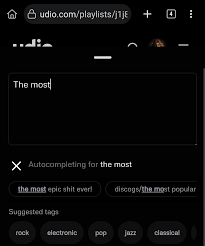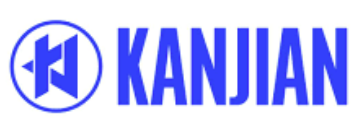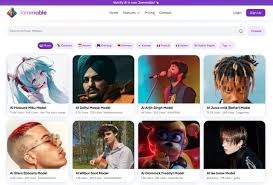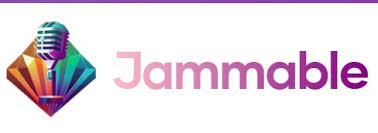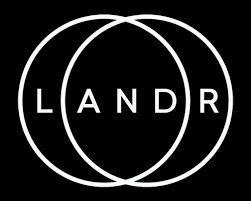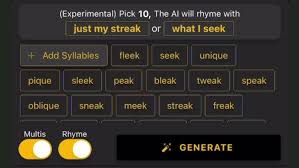Introduction: Why Combine Midjourney with Music Creation?
At first glance, Midjourney might seem unrelated to music. It's a powerful AI tool that generates stunning visuals from text prompts, used mostly by digital artists, designers, and storytellers.
But if you're a musician, producer, or music content creator, integrating visual AI tools like Midjourney into your creative workflow can transform how you develop music concepts, branding, and storytelling. Paired with audio tools like Suno, AIVA, Udio, Boomy, or Donna AI, you can build complete multimedia projects—without a huge team or budget.
This article walks you through how to approach music creation with Midjourney and other AI tools, from conceptualization to final release.
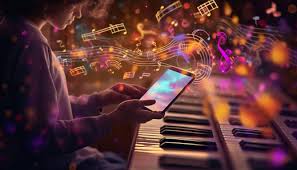
Step 1: Start with a Visual Concept Using Midjourney
Why visuals first?
Many musicians find that having a visual identity (a moodboard, character, environment, or vibe) helps guide:
Lyrics
Instrumentation
Genre choices
Tempo and dynamics
How to use Midjourney for inspiration:
Prompt example:
“Cinematic dark neon cyberpunk concert scene, atmospheric lighting, 16:9 ratio, ultra-detailed”Use Midjourney to generate:
Album covers
Song moodboards
Character designs for AI-generated virtual artists
Music video concepts
Genre cues (fantasy, vintage, lo-fi, etc.)
?? Pro Tip: Generate multiple variations, then pick one image as your “anchor” for the song’s mood and sound.
Step 2: Use an AI Music Generator That Matches Your Visuals
Now that you have a visual concept, match it with audio using tools like:
1. Suno (for full songs with vocals)
Prompt-based
Generates lyrics, vocals, and instrumentals
Best for modern genres like pop, EDM, rap, and indie
Example Prompt (based on Midjourney art):
"Write a dreamy synthwave song about a lone astronaut falling in love with a star. Female vocals, retro-futuristic beat."
2. AIVA (for cinematic instrumentals or classical themes)
Great for orchestral, ambient, or emotional scores
Allows MIDI editing and DAW export
Example Use:
If your Midjourney image is a fantasy landscape, use AIVA to generate a moody orchestral piece with harp and strings.
3. Udio
Text-to-song like Suno, but with different vocal styles
Offers high-quality outputs great for TikTok or YouTube content
4. Boomy / Mubert / Beatoven.ai / Soundraw
Loop-based or generative background music
Use for social video scoring, podcast music, etc.
Step 3: Align Branding and Mood
Use your Midjourney visuals to:
Design your album art (Square format:
--ar 1:1)Create social media content (Reels, TikToks, story posts)
Inspire lyrics: Describe what the image evokes emotionally
Build your persona: Many AI musicians (e.g., FN Meka) have fictional characters and backstories based on visuals
?? Bonus: Try generating visual lyrics videos with tools like Kaiber or Runway to animate your Midjourney stills.
Step 4: Refine and Mix in a DAW
Combine AI tools into one music workflow:
Use Suno/Udio for vocals
Use AIVA for instrumental foundation
Export both and bring into a DAW (FL Studio, Logic, Ableton)
Add effects, mix, and master
Use Midjourney visuals for YouTube thumbnails, video covers, and Spotify Canvas animations
Step 5: Publish and Promote Using AI Design & Distribution Tools
Use tools like:
Canva AI: Turn Midjourney images into posters, press kits, lyric reels
DistroKid / Amuse: Upload AI music to Spotify, Apple, etc.
Descript or Pika: Auto-caption your music videos
Notion AI / ChatGPT: Write your artist bio, press release, or blog post
Real-World Example: A One-Person AI Music Project
?? Artist Name: LunaSpectra
??? Visual Concept: Surreal moonlight temple generated in Midjourney
?? Music: A synth-pop song using Udio + AIVA hybrid track
?? Video: Animated cover via Kaiber + Midjourney
?? Distribution: Uploaded to YouTube, Spotify, and Instagram using visuals for branding
?? Result: Unique identity that stands out among generic uploads, all built using AI tools.
FAQ: AI Music and Midjourney Integration
Q1: Can Midjourney generate audio directly?
No, it's a visual-only AI. But it inspires audio creation.
Q2: Is it legal to use Midjourney art as album covers?
Yes, with a paid plan. You own the commercial rights under their terms.
Q3: Can I use AI vocals commercially?
Yes, but check each platform’s terms. Suno and Udio allow publishing but not resale.
Q4: What’s the best Midjourney aspect ratio for cover art?
Use --ar 1:1 for square album covers, --ar 16:9 for YouTube banners, and --ar 9:16 for vertical TikToks.
Q5: Can I animate Midjourney images for music videos?
Yes, tools like Runway Gen-2, Kaiber, or Pika let you animate static visuals.
Conclusion: AI Music Meets Visual Storytelling
Music isn’t just audio anymore—it’s a multisensory experience. By using Midjourney to craft the look and tools like Suno, AIVA, or Udio to create the sound, you unlock a new level of creative expression.
You don’t need to be a skilled producer, illustrator, or engineer. With the right AI tools and vision, you can build an entire music universe solo.
Let your visuals guide your sound—and your sound bring your visuals to life.

